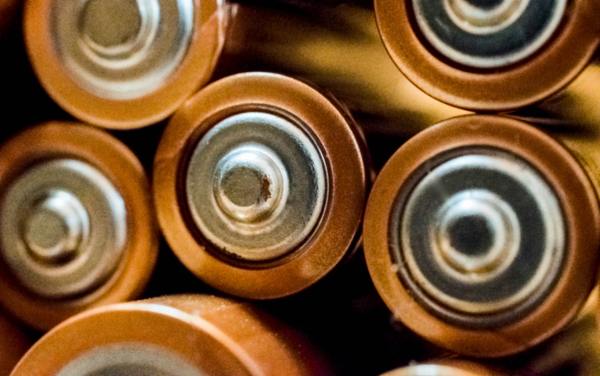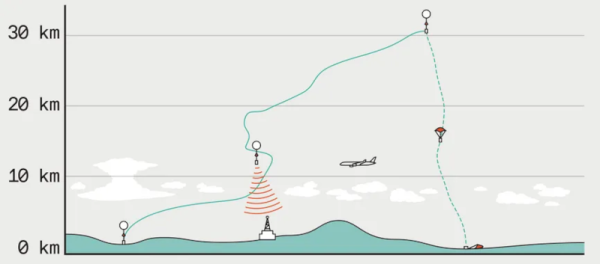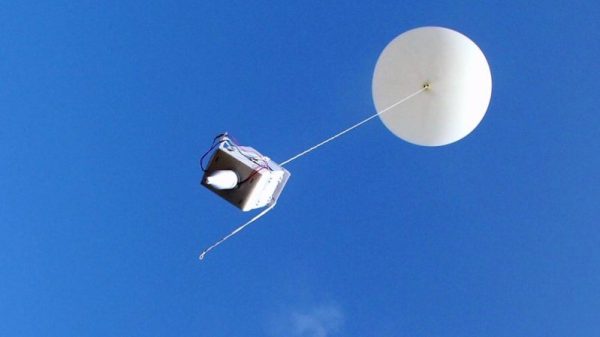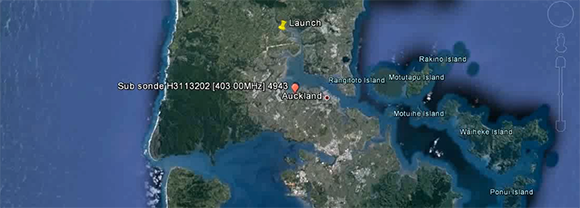Radiosondes – the telemetry packages carried aloft by sounding balloons for atmospheric weather data measurements – are regularly used by weather bureaus around the world to collect data, and there are quite a number of launches daily. Most of them are in Europe, but they also happen at many locations in North and South America, Japan, and Australia. The balloons burst when they reach a high enough altitude, the radiosonde falls back, and most often there is no effort made to recover them since they are deemed “expendable”. So it’s Finders Keepers, and rich pickings for any hacker who is fortunate enough to grab the fallen radiosondes. For successful recovery, you need to first be able to track those radiosondes, and that’s why leet guy [Robert Stefanowicz aka p1337] built his Weather ballon tracker (sic) project.
The hardware is all off-the-shelf, packaged in a pretty cool 3D printed package designed to make it look like the hand held radio that it is. At its heart is the ESP32 based TTGO T-BEAM V1.0 which has almost everything needed for this project. Add an OLED display, 18650 Li-Po cells, antenna and connectors and you can put it all together in an evening over your favourite beverage.
[DL9RDZ] wrote the software which runs on the T-Beam, available at the RDZ-Sonde repo on Github, that allows hunting these balloons. Setup is straightforward, and you need to fiddle with just a couple of well-explained config parameters. Once connected to your WiFi, config and settings can be accessed via convenient web URL’s and the single user action button on the TTGO offers quick access to different functional modes. At the moment, the software is written to decode signals from the widely used Vaisala RS41, Graw DFM06 and Graw DFM09 radiosondes. This LINK provides details for some of the popular radiosonde models.
Once you’re done building this piece of hunting gear, you’ll need some additional help finding out when and where the launches are taking place. If you’re in Europe, you luck out – there is a live radiosonde tracker map, thanks to the great work done by [Michał Lewiński – SQ6KXY]. If you live else where and know of similar resources, let us know in the comments. As a side note, Wikipedia tells us there are about 1300 launch sites worldwide and twice a day missions, so there’s quite a number of fallen pieces of hardware lying around just waiting to be picked up. At the very least, each will have a GPS module and temperature and humidity sensors that you can recover.
So, what do you do with the recovered radiosondes ? Here’s a tip on a “Fallen Radiosonde reborn as active L-band antenna“. And If you’d like to get the skinny on radiosondes, check out “Radiosondes: getting data from upstairs”
Thanks for the tip, [Alex aka MD23F3].


















